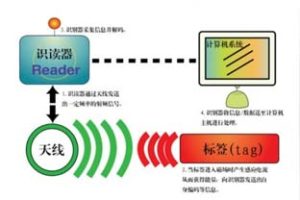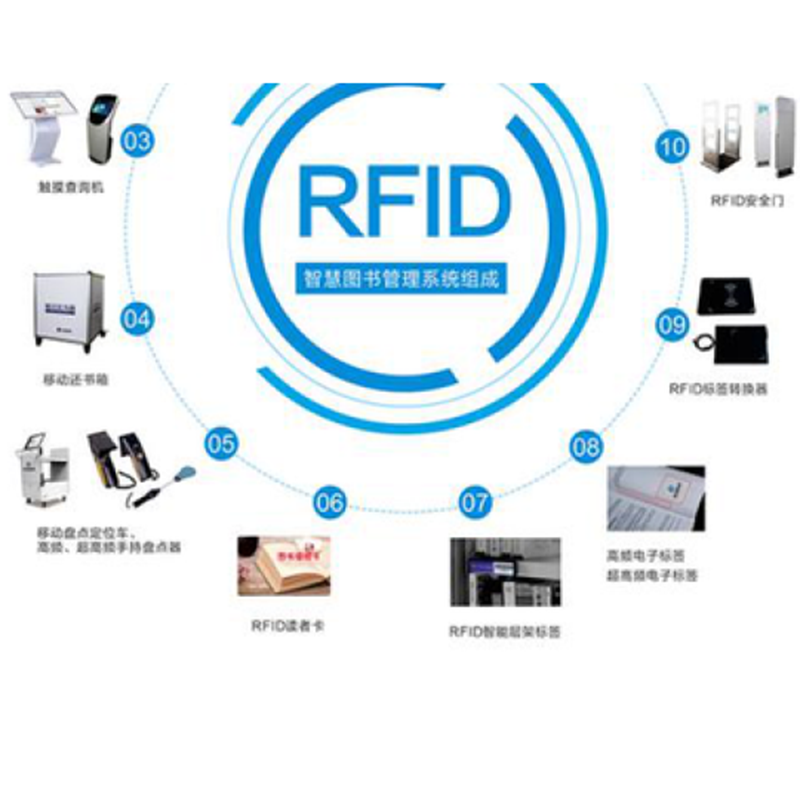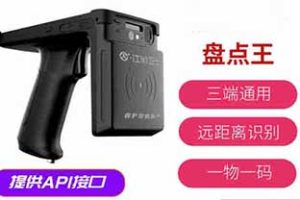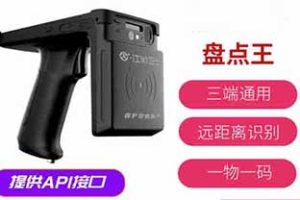RFID tag manufacturers share the principles and applications of RFID radio frequency identification technology. What are the applications of RFID
radio frequency identification technology? Some people have this question. RFID, commonly known as wireless radio frequency technology, is one of the key technologies for building the “Internet of Things” and connecting and exchanging data. Wireless radio frequency technology is an emerging automatic identification technology developed in the 1980s, which uses radio frequency signals to achieve contactless information transmission through spatial coupling (alternating magnetic field or electromagnetic field) to achieve identification purposes. Next, we will explain the principles and applications of RFID radio frequency identification technology.

RFID electronic tag manufacturers share the principles and applications of RFID radio frequency identification technology 123. First, the principles of RFID radio frequency identification technology. Working principle: After entering the magnetic field, the electronic tag (Tag) receives the radio frequency signal emitted by the reader (Reader), and uses the energy obtained by induced current to send the product information stored in the chip (passive tag or passive tag), or the tag actively sends a signal of a certain frequency (active tag or active tag). The reader (Reader) reads and decodes the information, and sends it to the data management system for relevant data processing.
principles and applications of RFID radio frequency identifi
Derivative products: Passive RFID products. This type of product requires close range contact recognition, such as meal cards, bank cards, bus cards, and ID cards. The main operating frequencies are low frequency 125KHZ, high frequency 13.56MHz, ultra-high frequency 433MHZ, and 915MHz. Active RFID products of this type have the characteristic of long-distance automatic recognition, such as in the fields of intelligent parking lots, smart cities, smart transportation, and the Internet of Things. The main work includes microwave 2.45GHz and 5.8GHZ. Ultra high frequency 433MHZ semi-active RFID products combine the advantages of active RFID products and passive RFID products. Under the triggering of a low frequency of 125KHZ, microwave 2.45G can take advantage and activate positioning at close range RFID electronic tag manufacturers share the principles and applications of RFID radio frequency identification technology for long-distance data transmission. 123. Advantages and disadvantages of RFID radio frequency identification technology. Advantages: Strong anti-interference ability, long service life, fast recognition speed, dynamic operation, large data capacity of RFID tags, conflict prevention. Within the effective recognition range of the interpreter, it can simultaneously read multiple RFID tags; High security, RFID tags can be attached to products in any form and can encrypt tag data with passwords to improve security. The disadvantages of related products include high prices, lack of unified international standards, limited application of ultra-high frequency technology, and immature technology.
RFID electronic tag manufacturers share the principles and applications of RFID radio frequency identification technology. Thirdly, the application fields of RFID radio frequency identification technology.

- The warehouse/transportation/materials embed RFID chips into the goods and store them in warehouses, shopping malls, and other areas. During the logistics process, the relevant information of the goods is automatically collected by the reader/writer, and the management personnel can quickly query the information of the goods in the system. 2. In the field of cold chain logistics, RFID tags are embedded on the pallets, which can cooperate with the warehouse management system to achieve real-time inventory, accurate and error free. The tags are equipped with antennas, RFID chips, temperature sensors, and a button battery. As they have both digital identification and temperature information, they can well meet the requirements of cold chain temperature monitoring.
- For access control/attendance companies or large conferences, entering identity or fingerprint information in advance allows for self identification and check-in through the door recognition system, saving a lot of time and convenience.
- Fixed asset management in places with large assets or valuable items such as libraries, art galleries, and museums requires complete management procedures or rigorous protection measures. When there are abnormal changes in the storage information of books or valuable items, the system will immediately alert the administrator to handle the relevant situation.
- The train/car recognition/luggage security check system of China’s railway is a typical case, which automatically recognizes vehicle numbers and inputs information, saving a lot of manual statistics time and improving accuracy. The application of ETC (Electronic Toll Collection System) in the fast lane of highway toll stations, ETC dedicated lanes are used for vehicles equipped with ETC on-board devices, using electronic toll collection methods.
RFID electronic tag manufacturers share the principles and applications of RFID radio frequency identification technology. This concludes the summary of the principles and applications of RFID radio frequency identification technology. The future development direction of RFID should establish a unified technical standard, develop reasonable technologies to protect privacy and security, reduce costs, and further promote the application and development of RFID technology. We believe that more and more industries will use it in the future.






